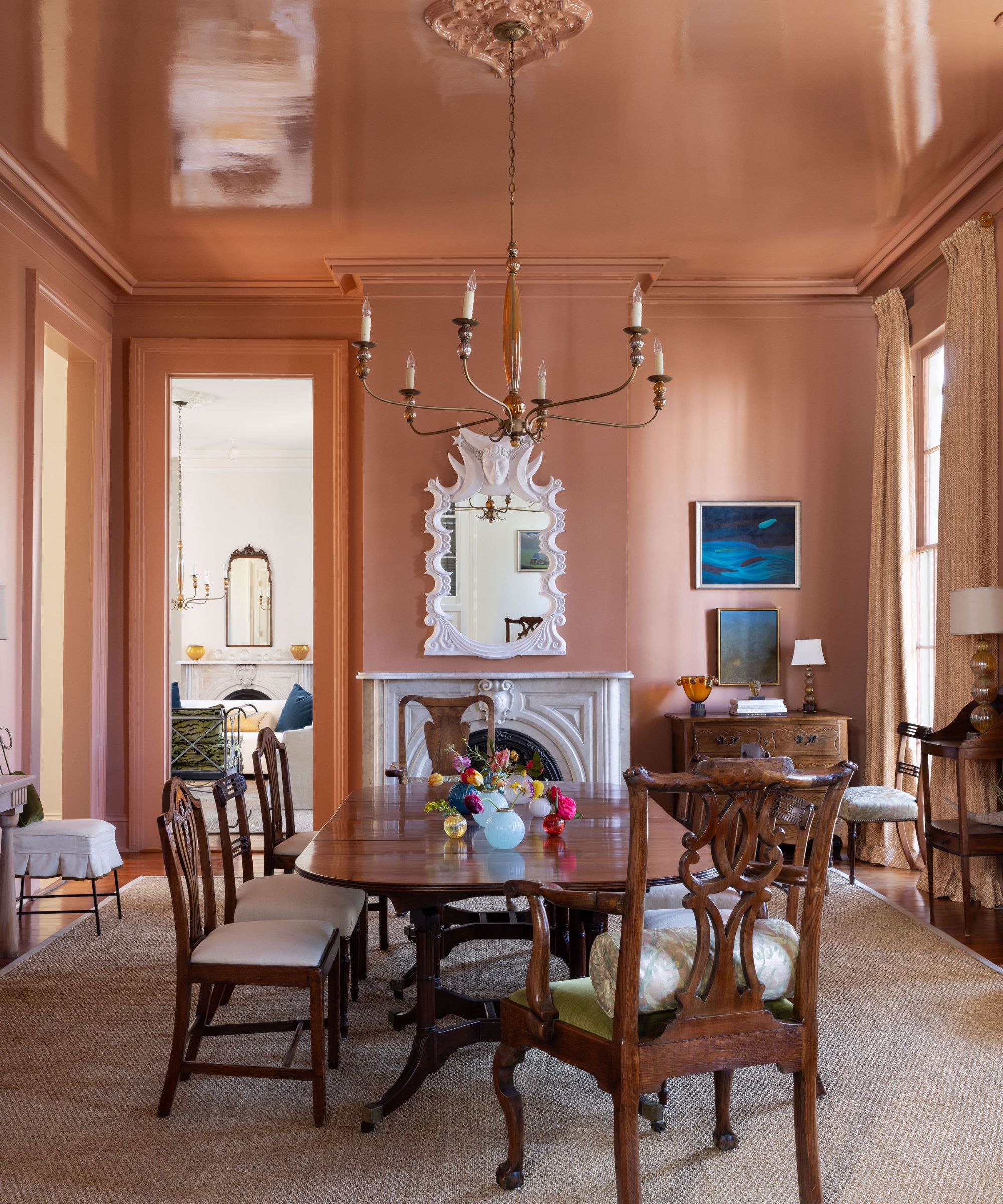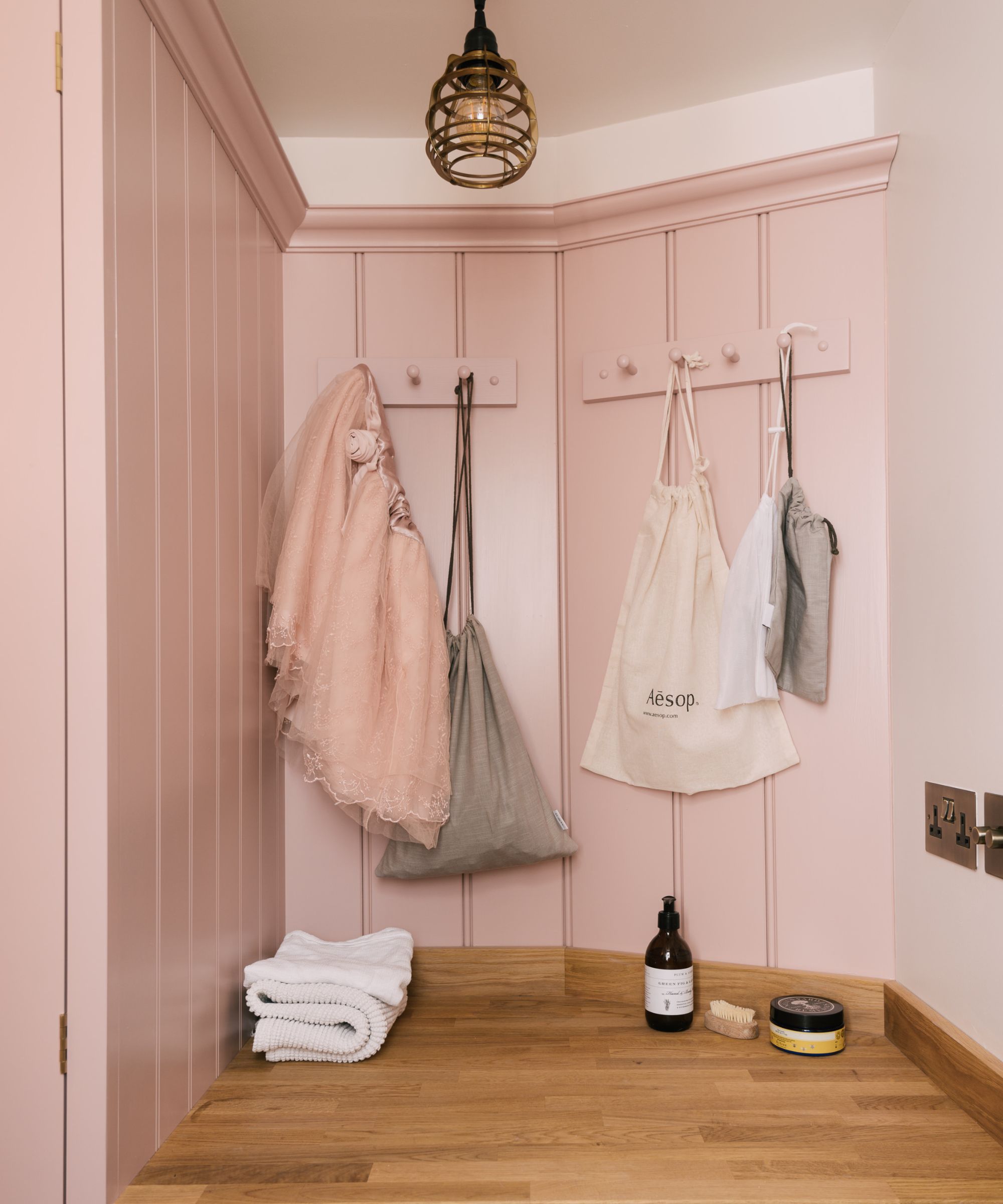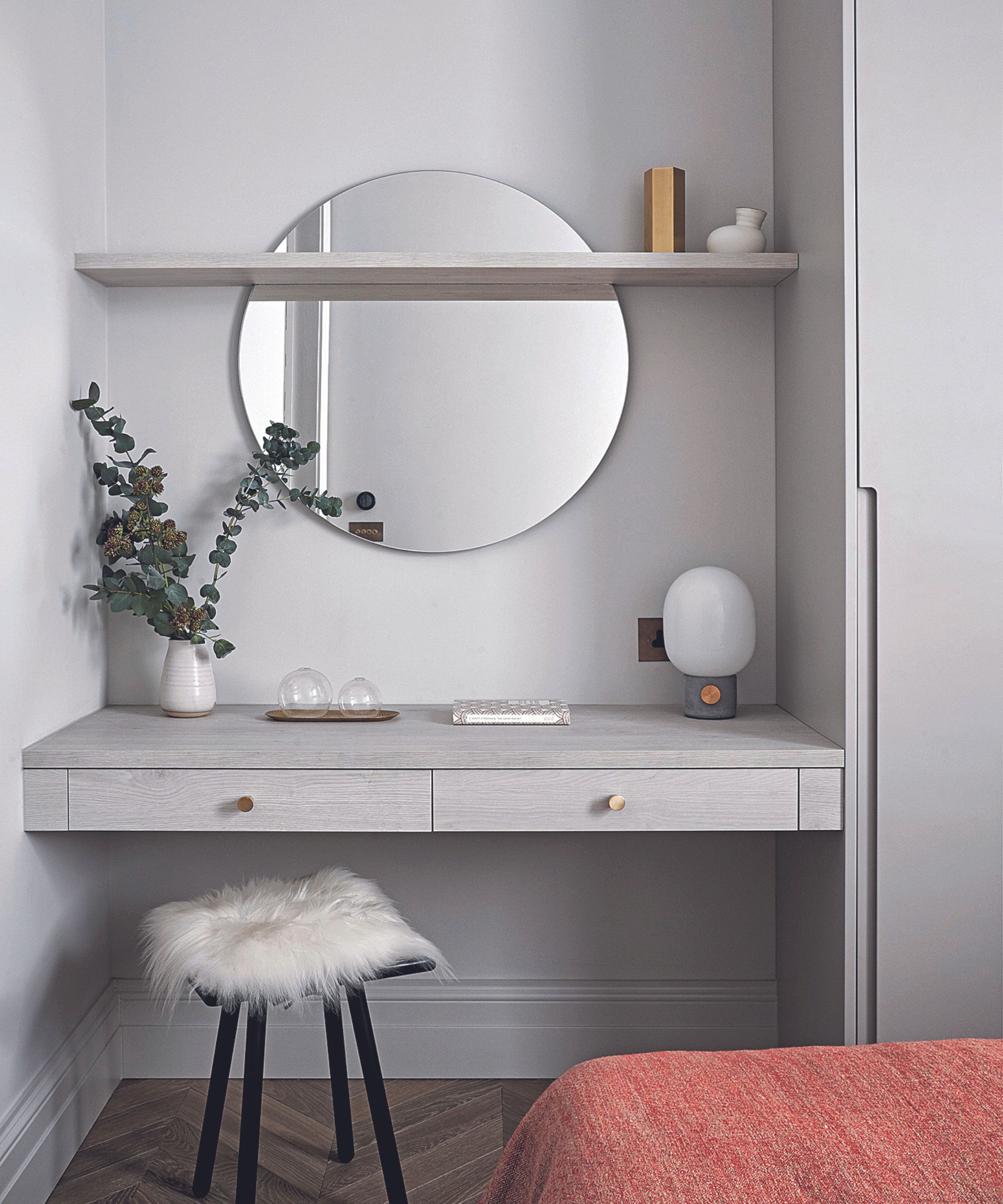How can you use alcoves without shelving? 5 alternative ways to make the most of this dead space
These alternative ways to use alcoves create a wonderful focal point in every room


There are so many alternative ways to use alcoves – from utilizing them in multi-functional rooms to making a feature of your favorite decor, you needn't stick to classic built-in shelving if it doesn't make sense for your design.
There are alcove ideas for every style of space that cater to the ever-changing needs of our homes. From living rooms to bedrooms to utility rooms, alcoves can be utilized in many useful ways.
If shelving isn't right for your space, but you're unsure how else to decorate your alcoves, these alternative ideas will help you find a use for these sometimes awkward spaces.
5 alternative ways to use alcoves
Alcoves are a useful feature in our homes, even if they sometimes feel like a hindrance. To find out how to make the most of them, we've asked interior designers for their favorite alternative ways to use alcoves, and their ideas don't disappoint.
1. Add an antique dresser

It can be tricky to know what to do with dining room alcoves. For most, having vast amounts of storage is unnecessary, but leaving them empty creates a space that makes the room feel incomplete. Adding a statement furniture piece, such as an antique dresser, makes a feature of the alcove and allows plenty of wall space for complementary decor.
'My client is a collector of antiques and art, and all of these pieces have been items she purchased over time. When we were designing her dining room, we realized the dresser fit perfectly into that alcove and created the perfect opportunity to showcase art above,' says interior designer Lindsay Falconer.
2. Create a utility nook

If you have an alcove in an awkward place, creating a practical nook not only makes use of the space but adds a practical element to your home. A great way to utilize an alcove in a hallway or corridor is to turn it into a mini utility or laundry space. Paint the alcove in an inviting color, and introduce hooks and storage baskets to add functionality.
Design expertise in your inbox – from inspiring decorating ideas and beautiful celebrity homes to practical gardening advice and shopping round-ups.
'Utility and laundry rooms are becoming much more normal in people's homes these days. Rather than being a separate room, it may be a small corridor or a designated area of a large kitchen that has been allocated for this new little work area – maybe near the back door or in a slight alcove,' says Helen Parker, creative director at deVOL.
In this scheme, the alcove has been reinvented as a utility nook. The walls have been paneled and painted pink so it feels bright and inviting, while the addition of hooks and a countertop makes the space more practical.
3. Introduce symmetry with matching dressers and mirrors

It's not uncommon to have two alcoves on either side of a fireplace – think living rooms and bedrooms in particular. In these spaces, you can create a sense of luxury by introducing matching decor for a symmetrical scheme.
'The alcoves in this living room have been designed to create a cozy and inviting seating area. The combination of dressers and mirrors maximizes the space in the alcoves and creates a balanced and polished look. The dressers provide ample storage while the mirrors visually expand the space, making the room feel larger and brighter,' explains Georgina Blunt, of Patsy Blunt Interiors.
'The placement of the fireplace creates a sense of intimacy and creates a focal point in the room. The furniture arrangement, with the couch and chairs flanking the fireplace, encourages conversation,' she adds.
4. Create closed storage

Sometimes alcoves are located in areas of the home where it doesn't make sense to fill them with decorative pieces. Instead, using them to create 'hidden' closed storage is a great alternative, and makes use of an otherwise empty and unused space.
'Use your imagination and make really clever use of alcoves by creating simple, organized storage. An unused space in your home can easily become an invaluable place to neatly store your things without protruding into your living space.' says Helen Parker.
This doesn't mean your alcoves need to look boring or unaesthetic – you can still create a design feature of the closed storage by using decorative doors. 'A beautiful set of painted doors behind which you keep your clutter is sensible streamlining,' Helen adds.
5. Add a dressing table

Bedroom alcoves come in varying sizes, whether they feature on either side of a chimney breast at the end of a closet. Bedroom layouts can make alcoves an awkward area to make use of, but creating a dressing table nook is a great way to create a practical space stylishly.
In this Edwardian apartment in London, an alcove beside a closet has been painted gray to feel cohesive with the rest of the scheme. The addition of a built-in table, floating shelf, and large mirror make it ideal for getting ready and storing essentials that look cluttered when left out of surfaces.
This is a great way to make use of a bedroom alcove in any size of space – small bedroom ideas champion the use of every corner, and this smart solution is a space-saving alternative to a full-sized dressing table.
Alcoves can be used in many fun ways, so don't feel like you have to introduce shelving simply because it's the classic choice. Whether you want to give a vintage piece its moment or create a practical zone, a successful design considers the needs of the household and maintains the interior design style of the room the alcoves are located in. From elegant storage ideas to art-filled displays, there are plenty of alternative ways to use alcoves.

I’ve worked in the interiors magazine industry for the past five years and joined Homes & Gardens at the beginning of 2024 as the Kitchens & Bathrooms editor. While I love every part of interior design, kitchens and bathrooms are some of the most exciting to design, conceptualize, and write about. There are so many trends, materials, colors, and playful decor elements to explore and experiment with.